Table of Contents Show
From Greek tragedies to modern antiheroes, morally ambiguous protagonists seem to always be a storytelling trend. So long as perfect heroes exist in fiction, there seems to be an urge to deconstruct what it means to be a protagonist. However, the types of these flawed, sometimes dangerous protagonists differ from narrative to narrative. Here is a look at the different ways that writers get the audience to root for the morally ambiguous protagonist.
The Power Trip Protagonist
Stan Lee in Spiderman wrote “with great power comes great responsibility,” but not every protagonist interprets that quote the same way. From underdogs like Walter White to Light Yagami and his God-complex, many protagonists gain power through less than heroic ways. These characters often endure the banality of being a good citizen in a boring life. This can make them relatable to the audience.
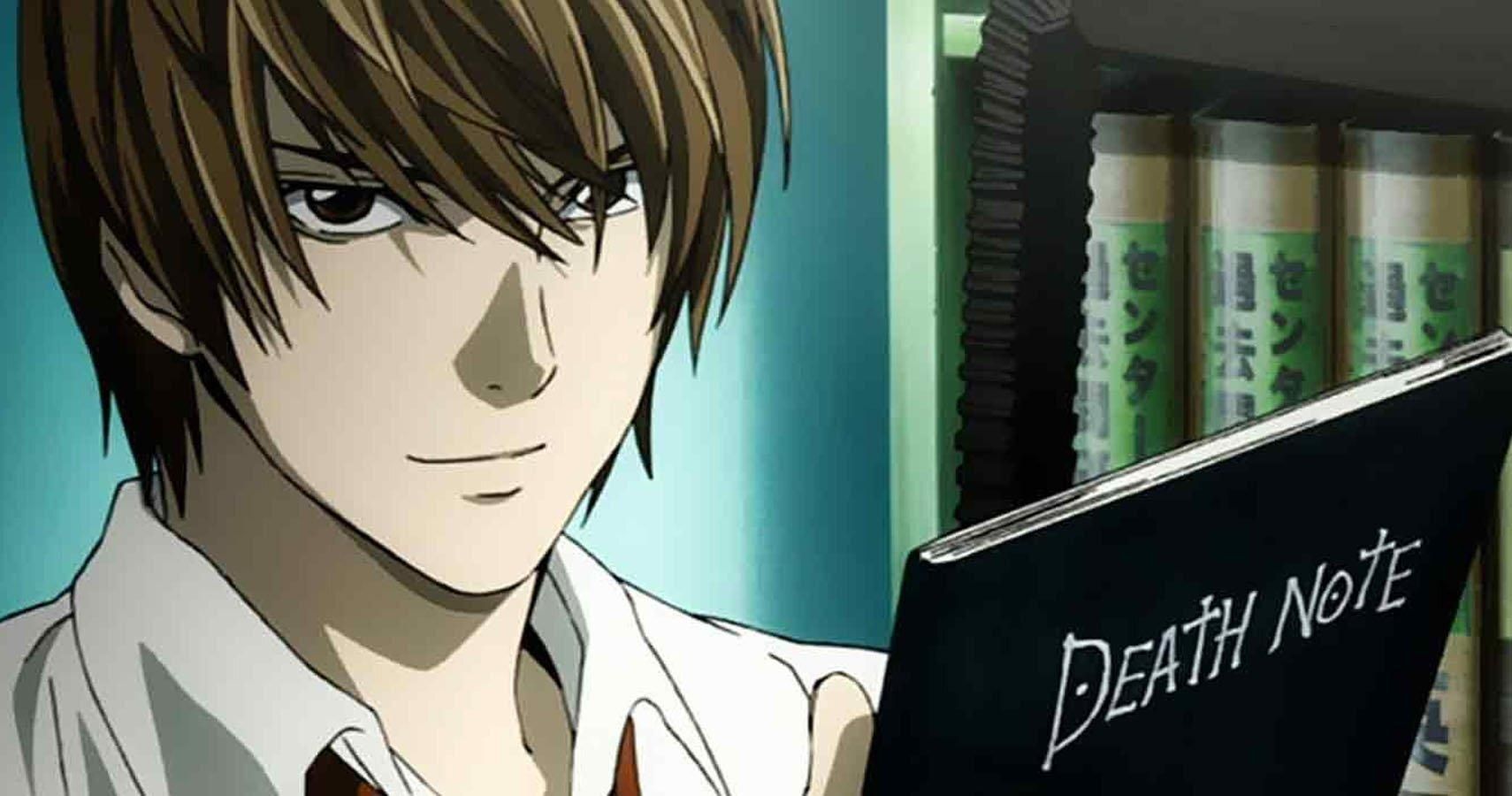
Then given the means to gain a source of power, supernatural or not, the tension of being an ordinary person snaps, and the narrative follows a power fantasy. However, more often than not, these protagonists get far in over their heads to keep their newfound power. This type of narrative demonstrates the mental chase of feeling powerful and the consequences.
Protagonists Of Good Old Fashioned Revenge Stories
Revenge might be one of the most compelling and beloved motivations for protagonists and antagonists alike in media. From classic literature’s The Count Of Monte Cristo to contemporary anime like Black Butler, revenge stories are always full of drama and misdeeds. Because of the intense premise in revenge stories, it is more common for protagonists to fall between hero and antihero. Often these characters’ motivations are not for the greater good, but to right a wrong by any means necessary. That means, more often than not, it leads to some morally ambiguous actions that audiences usually end up celebrating anyway.
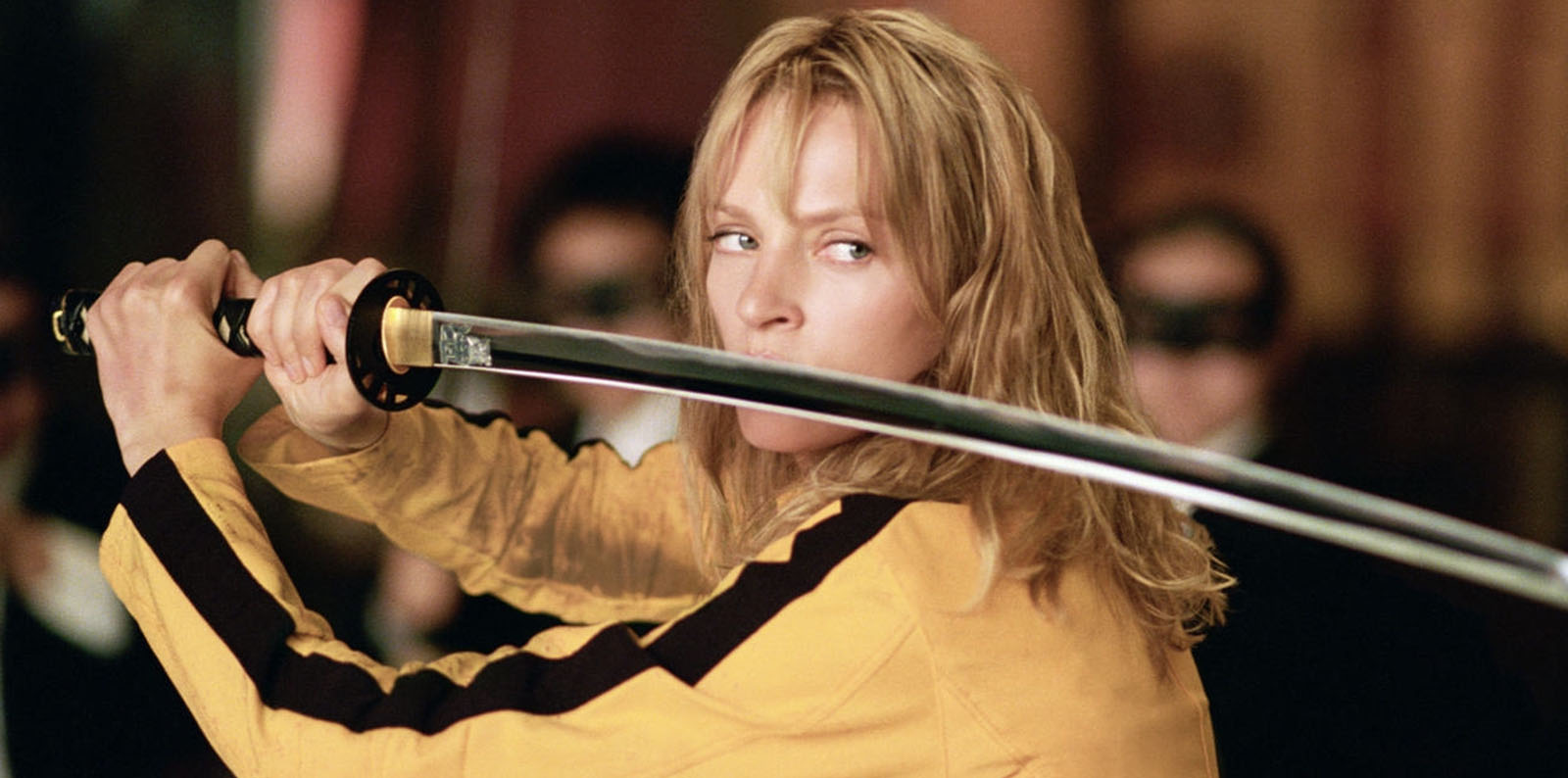
For example, in Kill Bill volume one and two, Beatrix Kiddo murders, maims, and lies her way into getting revenge on the nefarious Bill. Beatrix lived her life as an assassin who never grew any sympathy or mortal reprehension for her former assassin jobs. She did not go through an arc realizing that her life as an assassin was wrong. She could easily be the villain in another character’s story. Revenge stories like Kill Bill put the protagonist in an interesting position for viewers. The journey to right a wrong may involve the protagonist doing many wrongs themselves. However, revenge stories, their payoff, and their intense protagonists remain a compelling, popular narrative.
When A Morally Gray World Makes A Morally Gray Protagonist
Morally gray protagonists often reflect an imperfect reality and are a case to study different parts of society and history. Historical fiction like Boardwalk Empire or The Godfather Trilogy follows compelling characters who seem neither good nor evil. The focus on the grittier side of reality lends itself to protagonists who may mean well, but ultimately cannot exist and thrive in their lifestyles without doing dark deeds. The protagonist may be a villain, or it may be a series with no villain and no hero. The motivation and relationships of these characters often is the meat of these types of protagonists.
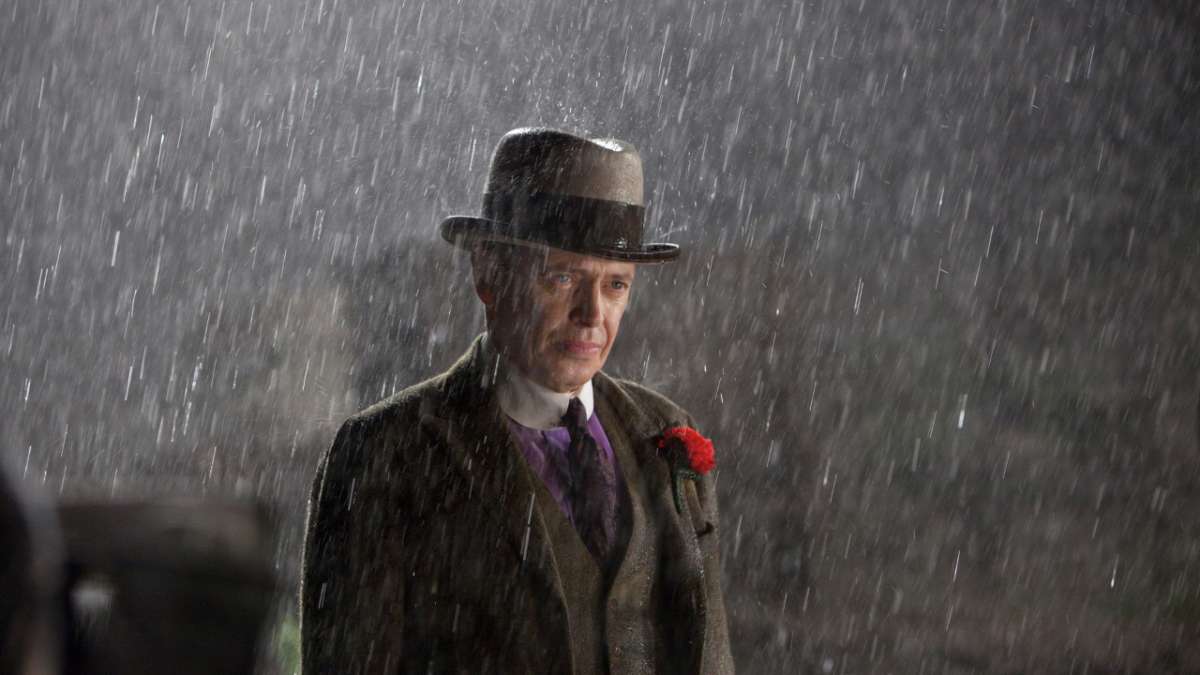
Though it is not only historical or realistic media that does this. Game Of Thrones is a fantasy series full of protagonist characters who do heinous deeds. The fantasy and science fiction world often interpret harsh and complicated real life equivalents like war and discrimination. When a protagonist exists in an imperfect world, their actions may be more sympathetic, or at least understandable. The cause and effect of their environment is something that these types of protagonists explore.
The Dark Comedy Of “Bad” People Doing “Bad” Things
The trend in dark comedy is to take the point of view of an exaggeratedly unlikeable character. These protagonists are morally compromised and the comedy stems from them having to exist in a world of taboo subjects. The intention is (hopefully) not to normalize harmful behavior, but to marvel at comedically unredeemable characters trying to navigate a world of consequences. The main cast of It’s Always Sunny In Philadelphia is a group of terrible friends getting progressively more problematic over the course of ten seasons. Despite being the main characters and the source of entertainment, the cast is depicted in an unsympathetic light. They suffer rightful consequences for their actions, and their inability to improve causes easily avoidable conflicts. This type of framing allows protagonists to comedically suffer at their own fault.
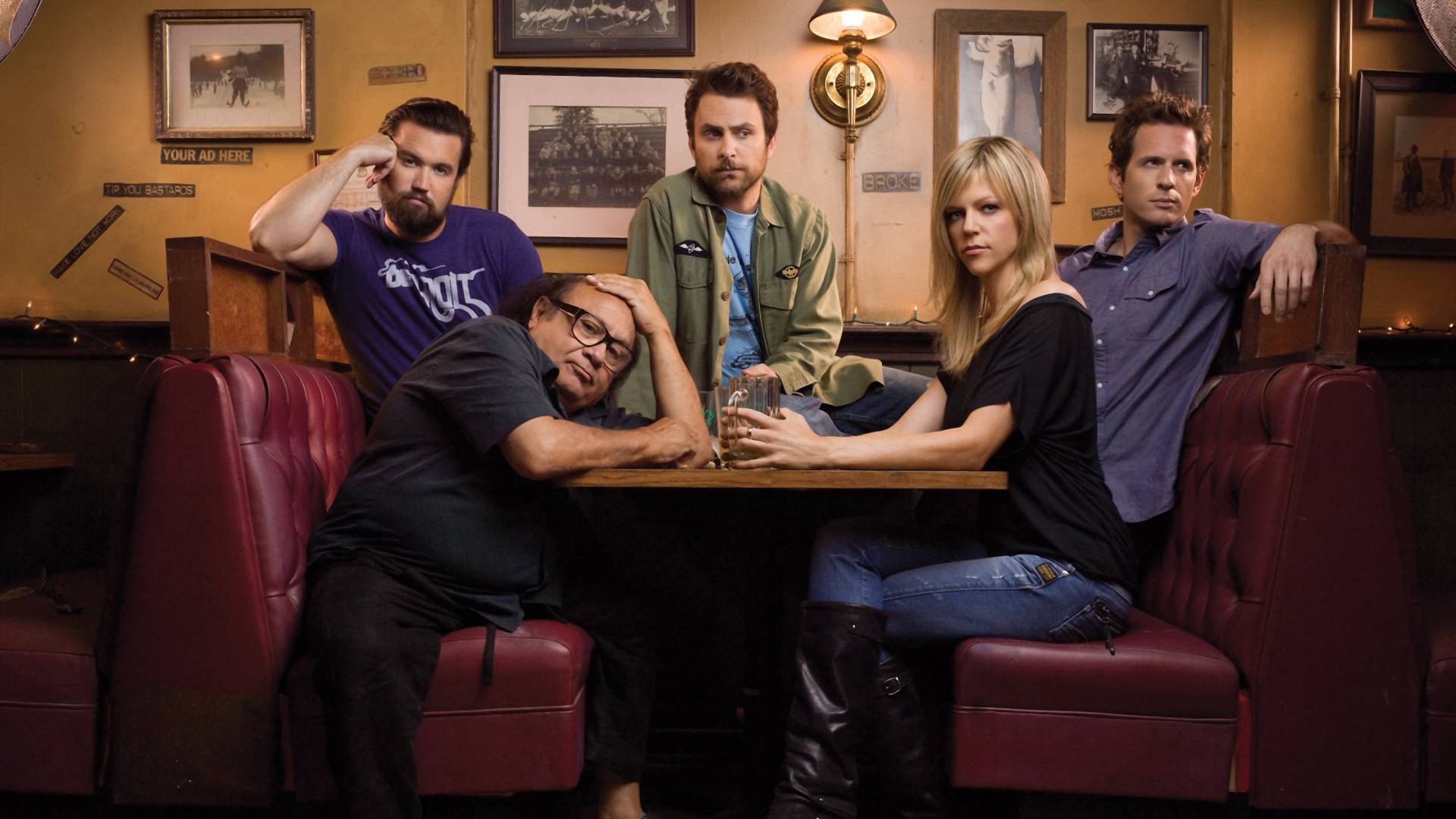
Morally ambiguous protagonists can also be entertaining by their contrast with the rest of the world. Rusty Ventures is the “hero” of Adult Swim’s love letter to Saturday morning cartoon, The Venture Bros., which is an example of this. Rusty is a devious and morally compromised person who causes more problems than most of the actual villains. His self-serving apathy juxtaposes his innocent, Hardy Boys-inspired sons. Because the show’s framework is a love letter to the cheesiness of old action cartoons, the dark comedy stems from the subversion of the old fashioned hero. Having these comically irredeemable “heroes” sometimes lets writers play with genre and trope expectations.
The Framing Of A Morally Ambiguous Protagonist (And Why It Matters)
Complicated characters like Breaking Bad‘s Walter White, Rick of Rick and Morty, and Mad Men‘s Don Draper have brought about discussions of how to handle morally ambiguous protagonists. There are many ways that characterization and framing make a protagonist likable. However, toxic protagonists can be difficult to navigate. This is why framing, characterization, and consequence is so significant. The line between depicting problematic and complicated people, and glorifying those actions, can be thin. Moreover, the line is different for every viewer.
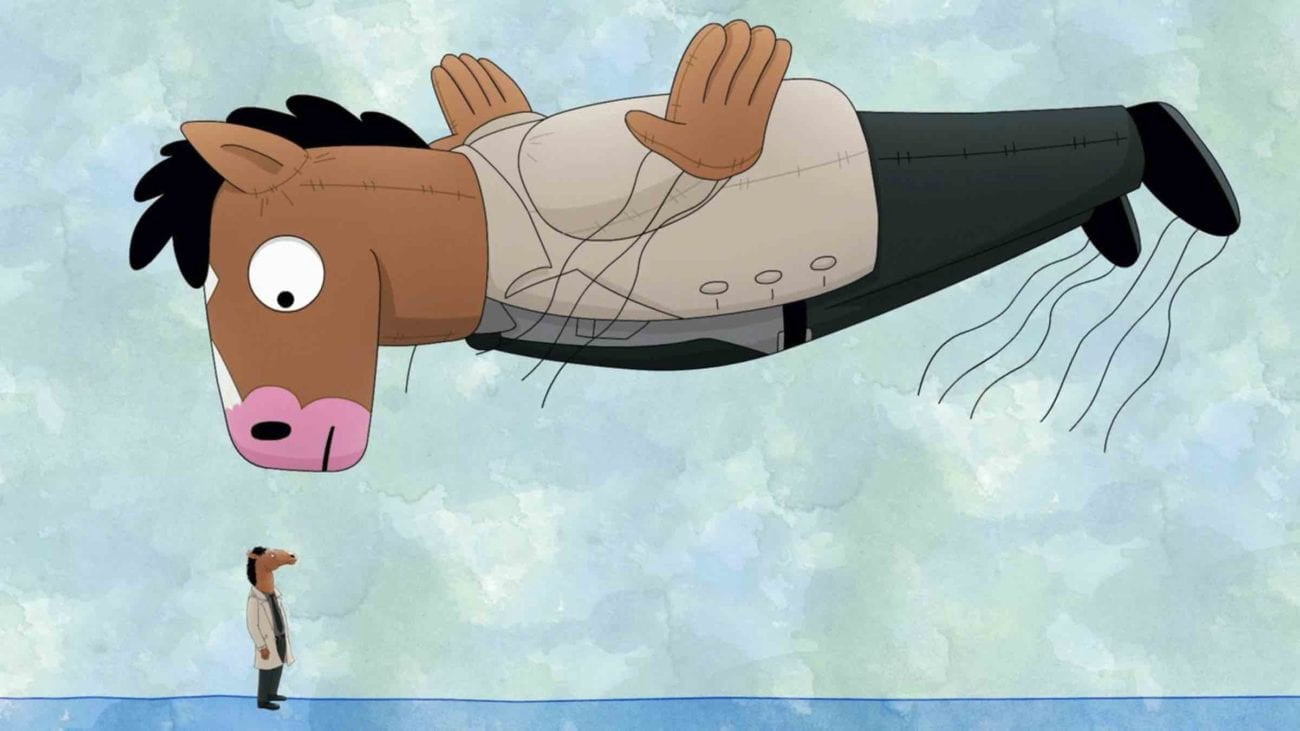
Framing is important in making protagonists likable and compelling, but also in giving consequence to problematic behavior. Morally ambiguous protagonists and antiheroes give space for writers to explore complex parts of humanity. Moreover, heroes vs villains is a part of fiction that media constantly reimagines. However heinous a protagonist gets, being well written enough can get most audience members to root for them and their complex motivations.
